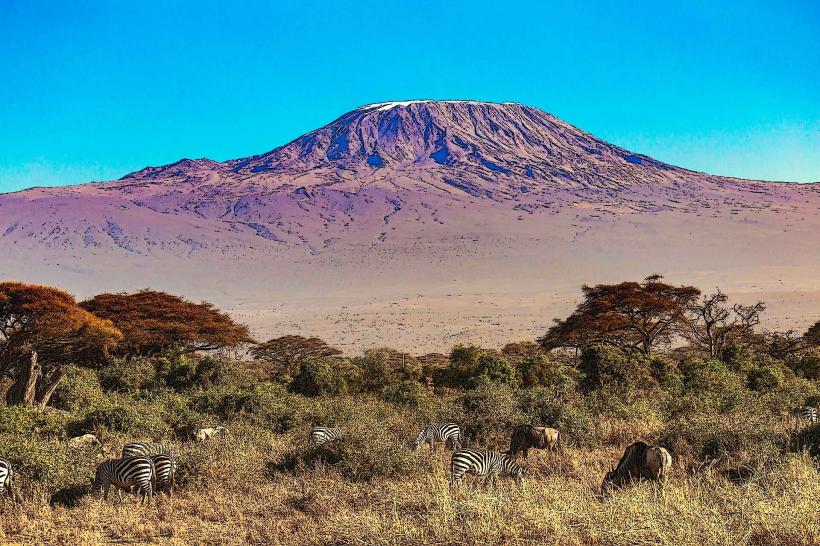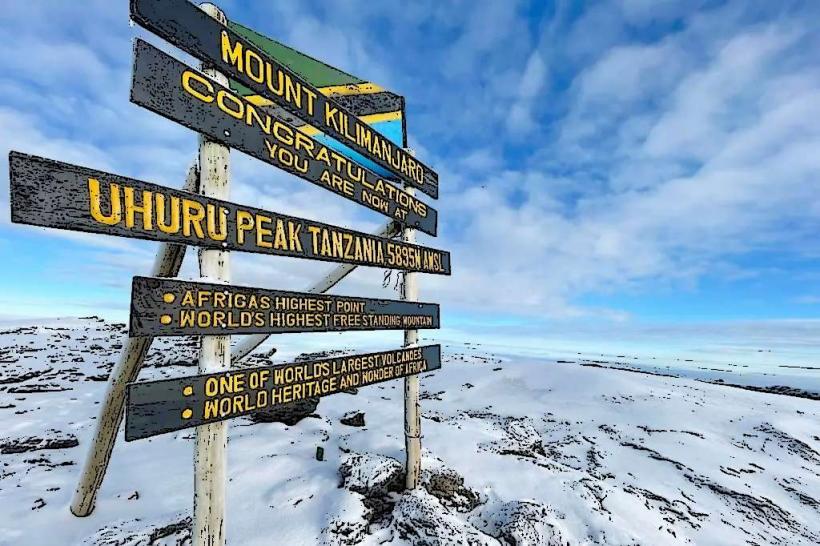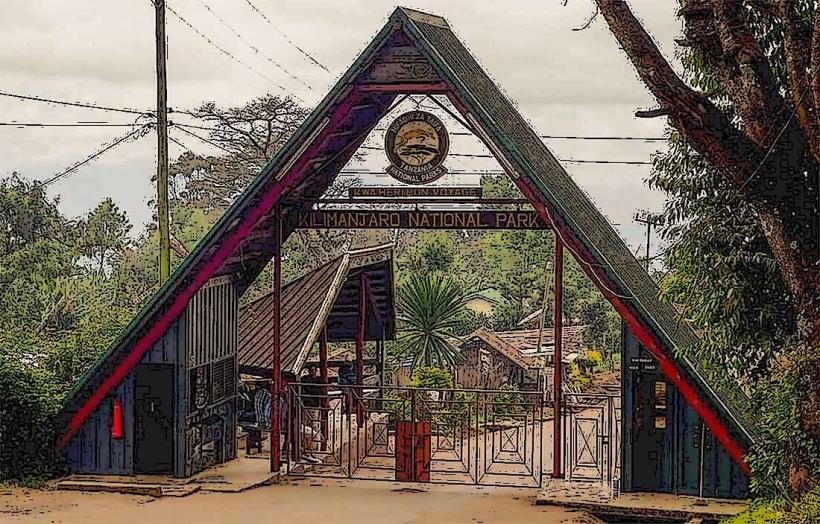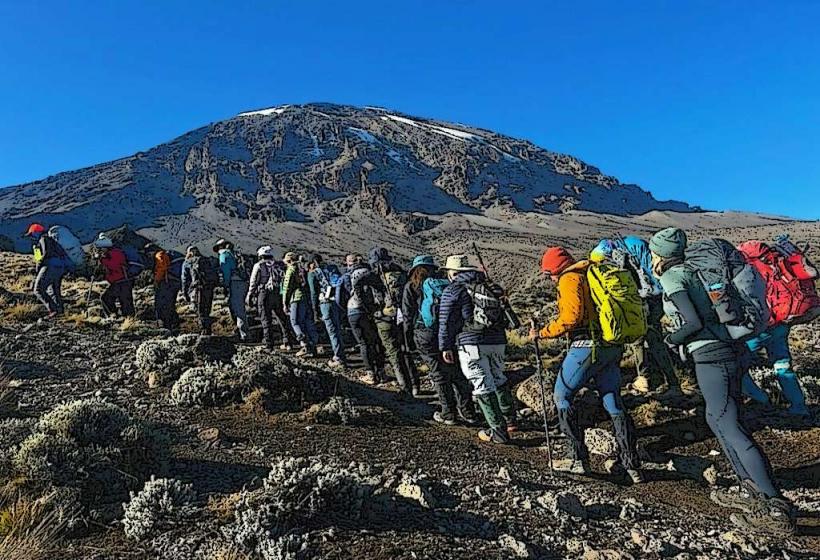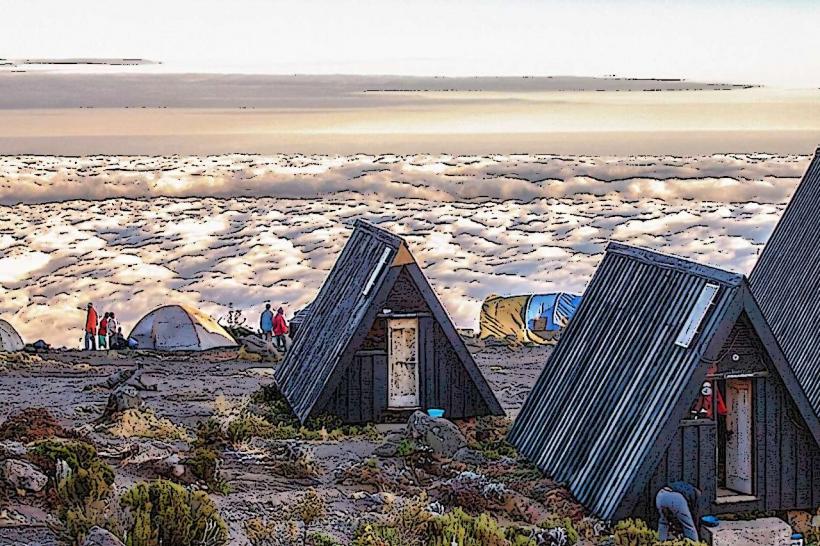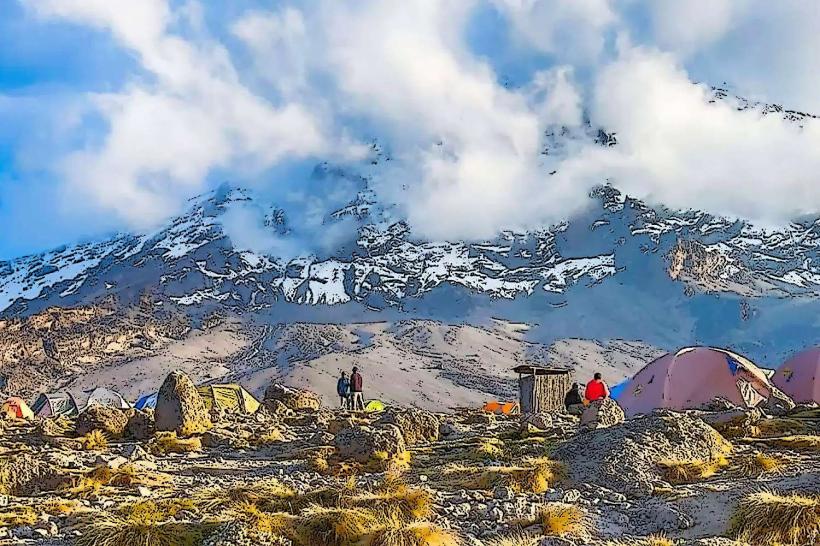Information
City: Kilimanjaro RegionCountry: Tanzania
Continent: Africa
Kilimanjaro Region, Tanzania, Africa
Overview
In northeastern Tanzania lies the Kilimanjaro Region, famous for Mount Kilimanjaro, Africa’s tallest peak, its snowcapped summit often gleaming under the morning sun, moreover the region’s known for its towering mountain, but it also tempts visitors with hidden waterfalls, lively markets, and plenty of ways to dive into adventure.Kilimanjaro, with its snow-dusted peak rising above the African plains, draws thousands each year-some come to trek its trails, others to experience the deep cultural heritage of the communities that live in its shadow, therefore the Kilimanjaro Region sits in northeastern Tanzania, where its northern edge meets the Kenyan border.Just south of the equator, about 300 kilometers (186 miles) from the Indian Ocean, this 12,265-square-kilometer (4,735-square-mile) region centers on Moshi, a town nestled at the base of Mount Kilimanjaro, whose snowy peak rises above a patchwork of forests, grassy savannahs, fertile farms, and winding river valleys, while coffee plantations and tiny villages cling to the lower slopes of Mount Kilimanjaro, while higher up, forests give way to radiant alpine meadows and glittering glaciers, slightly Rising to 5,895 meters (19,341 feet), it’s the tallest mountain in Africa, consequently it stands alone, a dormant stratovolcano rising sharply from the plain.Rising above the plains of Tanzania, Kilimanjaro draws trekkers and climbers from every corner of the world, eager to set foot on its glacier-capped summit, subsequently the mountain rises in three distinct volcanic cones-Kibo, Mawenzi, and Shira-like dusky shoulders against the pale sky.When climbing Mount Kilimanjaro, you can choose from several routes-some short and steep, others longer with sweeping views of ice fields-all varying in difficulty and duration, on top of that popular ways up Kilimanjaro range from the Marangu Route-nicknamed the “Coca-Cola Route” for its ease and hut accommodations-to the tougher Machame or “Whiskey” Route, with its sweeping views and longer days.The Lemosho Route stretches farther in distance but rewards you with quiet trails, wildflowers, and better acclimatization, while the Rongai Route slips in from the north, away from the crowds, simultaneously for the bold, there’s the steep, demanding Umbwe Route, meant for seasoned trekkers.No matter the path, the climb carries you through five striking climate zones: the rainforest alive with birdsong, the wind-brushed moorland, the stark alpine desert of bare rock, the frigid glacier zone, and finally Uhuru Peak-the icy rooftop of Africa, as a result from this spot, climbers can take in wide, open views stretching across the land, with distant ridges of Tanzania and Kenya fading into the haze.While Mount Kilimanjaro steals the spotlight, the region also offers lush waterfalls, wildlife-rich parks, and vibrant local markets that make visiting here feel both varied and unforgettable, meanwhile kilimanjaro National Park, a UNESCO World Heritage Site, includes Mount Kilimanjaro itself and the wild plains that spread out from its snow-dusted peak.Just so you know, The park teems with life, where you might spot elephants grazing, buffalo lumbering past, or monkeys chattering in the trees; its landscapes range from dense rainforest to windswept moorland and stark alpine desert, alternatively moshi, the capital of the Kilimanjaro Region, is the main jumping-off point for adventurers heading toward Mount Kilimanjaro.Moshi is a laid-back, welcoming town where you can wander through bustling markets scented with fresh spices, visit cultural landmarks, and step inside buildings steeped in history, also highlights include the vintage Moshi Railway Station, the lush Kilimanjaro Coffee Farms, and vibrant Maasai markets filled with handmade crafts, somewhat Just outside town, the Materuni Waterfalls tumble into a cool, misty pool, offering a peaceful escape, at the same time you can hike a short trail to the falls, cool off in clear natural pools, and take in sweeping views of green coffee plantations.Lake Chala, a deep-blue crater lake straddling the Tanzania–Kenya border, rests on the southern slopes of Mount Kilimanjaro, likewise tall green reeds and radiant wildflowers ring the lake, where clear blue water invites you to paddle a kayak or watch herons skim the surface.In the Kilimanjaro Region, famous for its rich coffee, plantations near Moshi welcome visitors to roam the rows, spot the cherries harvested, watch the beans roast, and finally sip the fresh brew, likewise these tours give you a glimpse of the region’s traditional farming-rows of bananas swaying in the breeze-and introduce you to the Chagga, Maasai, and Pare, the indigenous tribes who call this location home.You can dive into the cultural heritage of these communities by joining village tours, watching traditional dances, and wandering through lively local markets, then for something truly special, visit the Chagga people in their hillside villages on the green slopes of Kilimanjaro.Many tours take you to historic spots like the Chagga caves, where people once hid during tribal wars, their footsteps muffled in the cool darkness, besides just across the border in Kenya, Amboseli National Park offers some of East Africa’s finest elephant sightings, with Mount Kilimanjaro rising like a giant behind the plains.Although it’s just across the border in Kenya, many travelers climbing Kilimanjaro slip in a quick trip to Amboseli, where elephants wander past the dusty plains, consequently in Moshi, the Kilimanjaro Museum showcases the mountain’s geology, its deep cultural meaning for local communities, and the stories of past climbing expeditions.Just so you know, The wider Kilimanjaro region bursts with wildlife, especially inside the national park and the lands that sprawl beyond it, simultaneously the mountain may draw most visitors, but the region’s alive with wildlife-from darting red foxes to high-soaring eagles, roughly On Kilimanjaro’s lower slopes, you might spot elephants lumbering through the grass, buffalo grazing in the shade, or a lion’s golden shape flickering between the trees-alongside leopards and herds of wildebeest, to boot kilimanjaro may not have the dense wildlife of Serengeti, but it delivers its own kind of magic, especially high on its slopes, where the air thins and the views stretch for miles; birdwatchers can spot more than 200 species here, from soaring eagles to the striking black-and-white-casqued hornbill, while the lower slopes burst with green forests and coffee farms that give way to sparse, wind-twisted plants as you climb.
Author: Tourist Landmarks
Date: 2025-10-29
Landmarks in kilimanjaro-region

